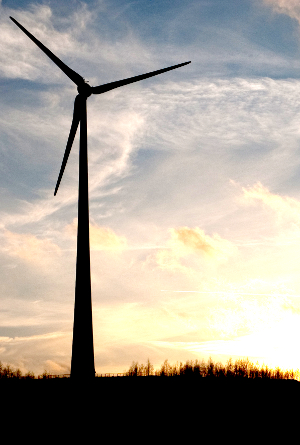Green progress assessed
 An analysis has found that some states are well on the way to meeting their renewable energy commitments.
An analysis has found that some states are well on the way to meeting their renewable energy commitments.
Research consultancy Green Energy Markets (GEM) says Victoria and South Australia are close to reaching their targets, but New South Wales and Queensland are falling well short.
GEM director Tristan Edis said the Federal Government has no additional policies to reduce emissions in the electricity sector, so it is all up to the states.
“Pointing the finger at the Federal Government and calling on them to do something to address policy uncertainty and reduce emissions is wasting your breath,” Mr Edis said.
“The constitution rests power over regulation of the power sector with state governments. They have the power to drive investment in new capacity that will reduce emissions and increase competition.”
The stats show Victoria is close to achieving its target of 40 per cent of power generation coming from renewables by 2025, and is looking good for its 2030 target of 50 per cent renewables.
Victoria still needs another 2,000 megawatts of capacity from new projects by 2030, which it would achieve with two more rounds of power contracts similar to the 928MW tender conducted last year.
South Australia has loftier ambitions and so more work to do.
More than half of South Australia's power came from renewable generation last year, and the state is on track to generate renewable energy equal to about three-quarters of its consumption by 2030 - 1300MW short of 100 per cent.
New South Wales is not doing will in its mission for net-zero emissions from its power sector by 2050.
“To be on track it would need renewables to grow to around 46 per cent of its overall electricity consumption by 2030, but is currently on track to 28 per cent based on expected rooftop solar growth and committed and contracted wind and solar farms,” Mr Edia said.
“To bridge the gap it requires close to an additional 5,000MW of new renewable energy project commitments by 2030.”
Queensland has a target for 50 per cent renewables by 2030, but current commitments and rooftop solar growth are projected to deliver less than 30 per cent.
The state requires around another 4,500MW of projects to hit its target.
Tasmania achieved more than 100 per cent renewable generation last year – allowing it to export a portion of its hydro and wind power to the mainland.
Western Australia is the only state without a renewable energy target or zero emissions target, and was not included in the GEM study.
Renewable energy projects currently underway employ about 22,000 workers, while the projects needed to meet state targets are expected to create another 32,000 construction jobs.







 Print
Print